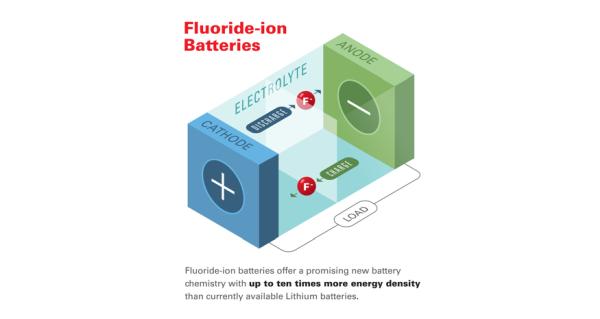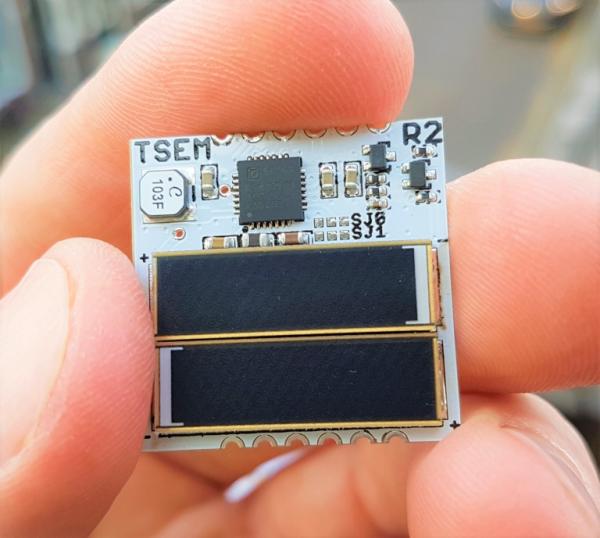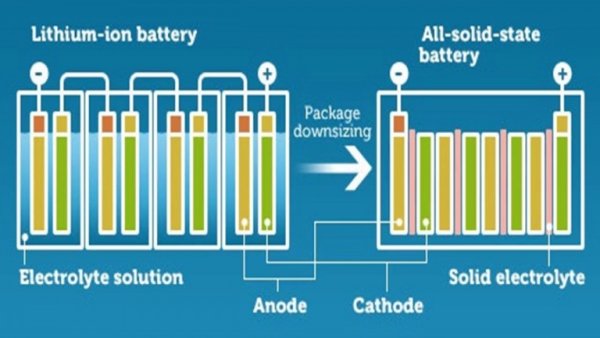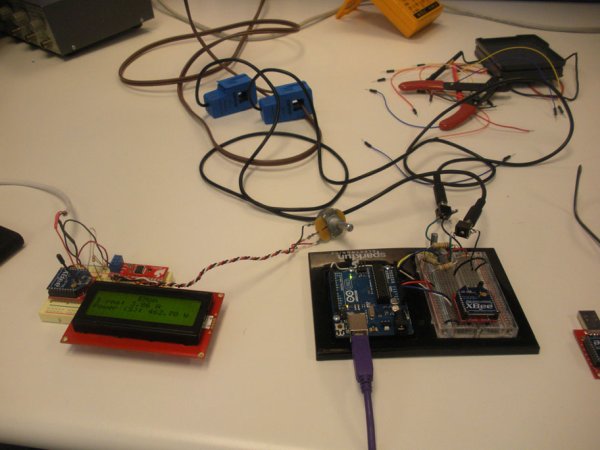DIY Miniature Solar Tracker
In this project I will show you how to create a solar tracker which like the name implies can follow the movement of the sun throughout the day. And at the end I will show you the energy harvest difference between a solar tracker mounted solar panel and a flat mounted solar panel. Let’s get started! […]









